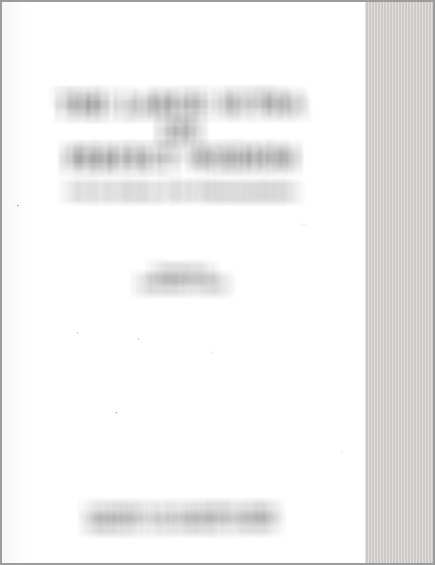Cosmetics, Costumes and Ornaments in Ancient India
by Remadevi. O. | 2009 | 54,177 words
This page relates ‘Various other Hand Ornaments’ of the study on cosmetics, costumes and ornaments of ancient India based on Sanskrit sources. Chapter one deals with cosmetics and methods of enhancing beauty; Chapter two deals with costumes, garments and dresses; Chapter three deals with ornaments for humans and animals. Each chapter deals with their respective materials, types, preparation and trade, as prevalent in ancient Indian society.
2.5. Various other Hand Ornaments
Khādihasta, Hiraṇyabāhu, Parihastam, Hasti, Bhujan, Pratisaram, Vala, Kaṅkaṇa, Biju, Hastali, Rucaka, Cūlikā, Ucchiṭika, Kharjuraka, Vajura, Cūḍaka Ardhacūḍaka, Bujabandha, Valayayī, Kalāpī and Hastapatrasapūraka are some other names for hand ornaments.
The first seven of the aforesaid are mentioned in Vedas, Brāhmaṇas and Saṃhitas[1]. Hiraṇyabāhu is seen in the description of the male deities. Hasti, as the name indicates may perhaps have been made of ivory. From the literal meaning of the words Bhujan and Vala it can be inferred that they are ornaments for hand. Hastapatrasapūraka, as the word indicates is a huge ornament covering the entire palm. Perhaps it may be in the form having three parts -a bracelet, five finger rings and five chains connecting each ring with the bracelet.
In the case of deities, hand ornaments are not merely confined to the above mentioned type. But they include articles such as rosary, musical instruments, weapons etc.
Different manifestations of Śiva and other deities are described in Sakalādhikāra as carrying various things in their hands[2].
They are as follows.
| Deity | Hand Ornaments | ||
| Back Left | Back Right | Front Hands | |
| Paśupatimūrti | Akṣamālā | ||
| Dakṣiṇāmūrti | Agni or Yogadaṇḍa | Akṣamālā | Vīṇā |
| Somaskanda | Kṛṣṇahariṇī | ||
| Candraśekhar a | Kṛṣṇahariṇī | ||
| Vṛṣabhavāha na | Kṛṣṇahariṇī | ||
| Tripurāntaka | Kṛṣṇahariṇī | ||
| Kalyāṇasundara | Kṛṣṇahariṇī | ||
| Kaṅkālamūrti | Kaṅkāla (Bony skeleton) | Ḍakka | |
| Bhikṣāṭanam ūrti | Kapāla (Skull), Śikhipiñca | Ḍamaruka (A small drum) | |
| Naṭeśvara | Ḍamaruka | ||
| Nandikeśvara | Vādya | ||
| Skanda | Flowers | ||
Footnotes and references:
[1]:
Atharvaveda, 4.40.2, 3, 3.22.3, 6.81.1.3; Ṛgveda, V.19.3, 8.97, 1, 82; Vājasaneya-saṃhitā, 16.17, 34.52; Aitareya-brāhmaṇa, 6.7
[2]:
Sakalādhikāra, pp.25,26
